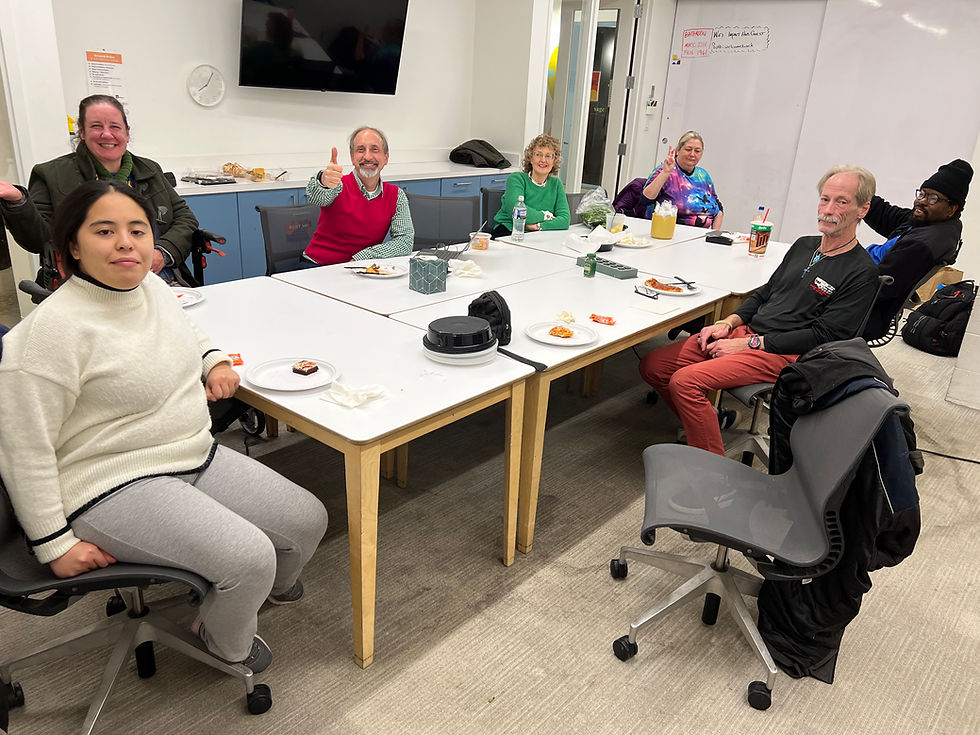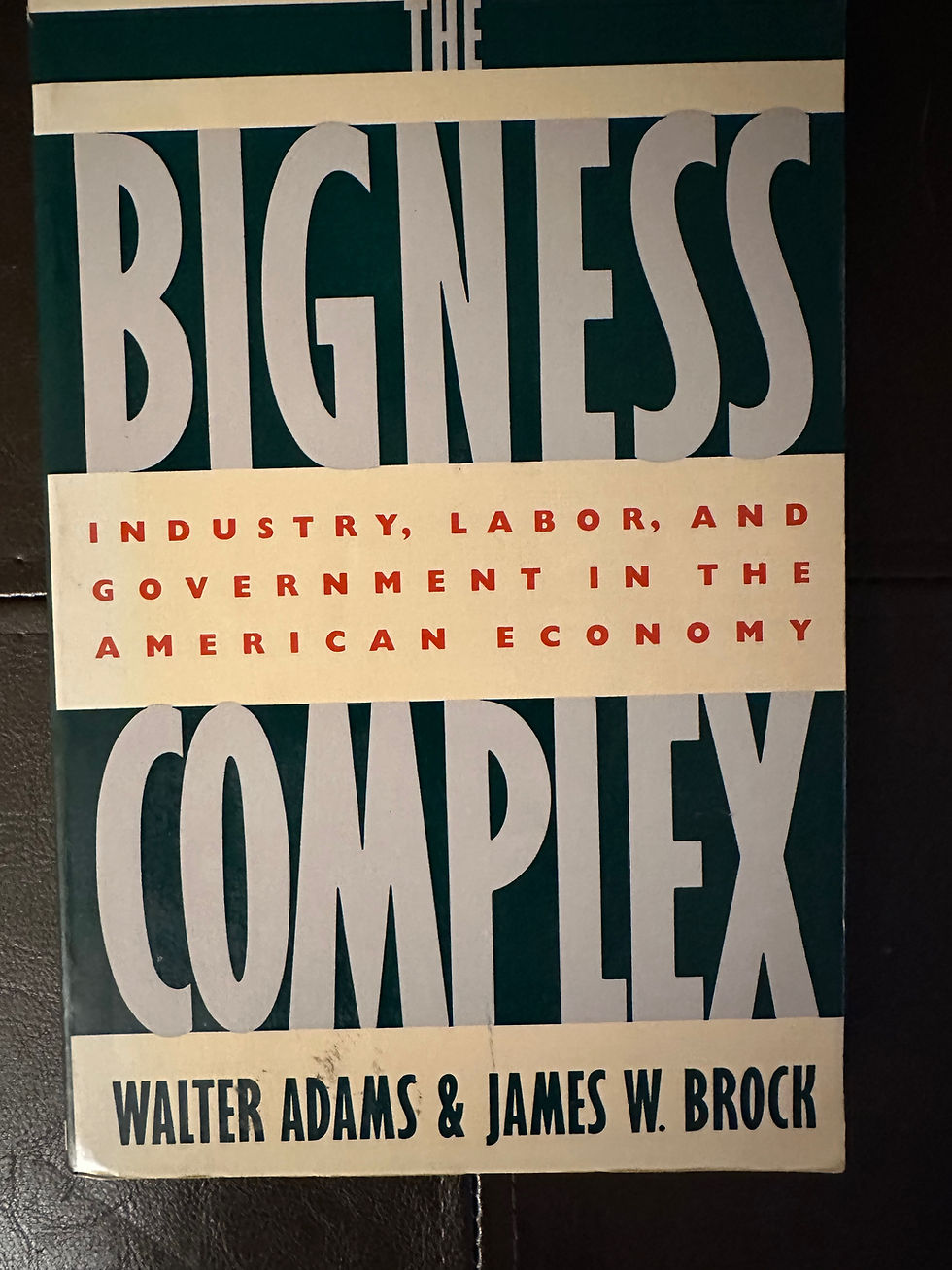Timebanking and Community Investing: Two Sides of the Same Abundant Coin
- jenny1658
- Jun 14
- 2 min read
When we talk about building a truly just, regenerative economy, we have to expand our idea of what value is—and how it's exchanged. For too long, we've operated under a system that measures worth primarily in dollars, funneling wealth upward and leaving communities dependent on extractive financial systems. But what if we could change the rules of the game? What if we could co-create economies that reflect our values—of care, reciprocity, and collective well-being?
Timebanking and community investing are two complementary community wealth building strategies that work together to grow a just and sustainable local economy.

Timebanking is a powerful model of mutual aid. It recognizes that everyone has something valuable to offer, and that our time—whether spent teaching a skill, cooking a meal, or watching a neighbor’s child—is inherently worthy. In a timebank, every hour contributed is equal, whether you're a lawyer offering legal advice or an elder sharing traditional knowledge.
Community investing is about reclaiming our power to direct capital into the places and people we care about. It’s about saying no to the global financial markets and yes to thriving and prosperous communities. When we invest in local businesses, cooperatives, and social enterprises, we grow the local economy and nurture ecosystems of trust, resilience, and interdependence.
So how do these two tools reinforce each other?
Timebanking builds the social fabric that community investing depends on. It cultivates relationships, fosters collaboration, and builds the kind of trust that makes local investment possible and meaningful. When we know each other through time exchanges, we’re far more likely to support each other’s ventures—not just with our time, but with our dollars.
And community investing strengthens timebanking by providing resources to grow and sustain the local initiatives that contribute to mutual aid networks.
Community investing grows local financial capital and timebanking grows local human capital in an ever-growing virtuous feedback loop.
Together, timebanking and community investing reimagine what “economy” means. They challenge the idea that capital must be scarce and competitive. When communities pool dollars to invest in what matters and use time as a currency to grow the capacity for care and connection, abundance is unleashed.
It’s time to build economies that belong to us. Timebanking and community investing are not new – both movements have been flourishing in relative obscurity for decades. Let’s bring them together to build the future we want to see – one hour, one dollar, one connection at a time.




Comments